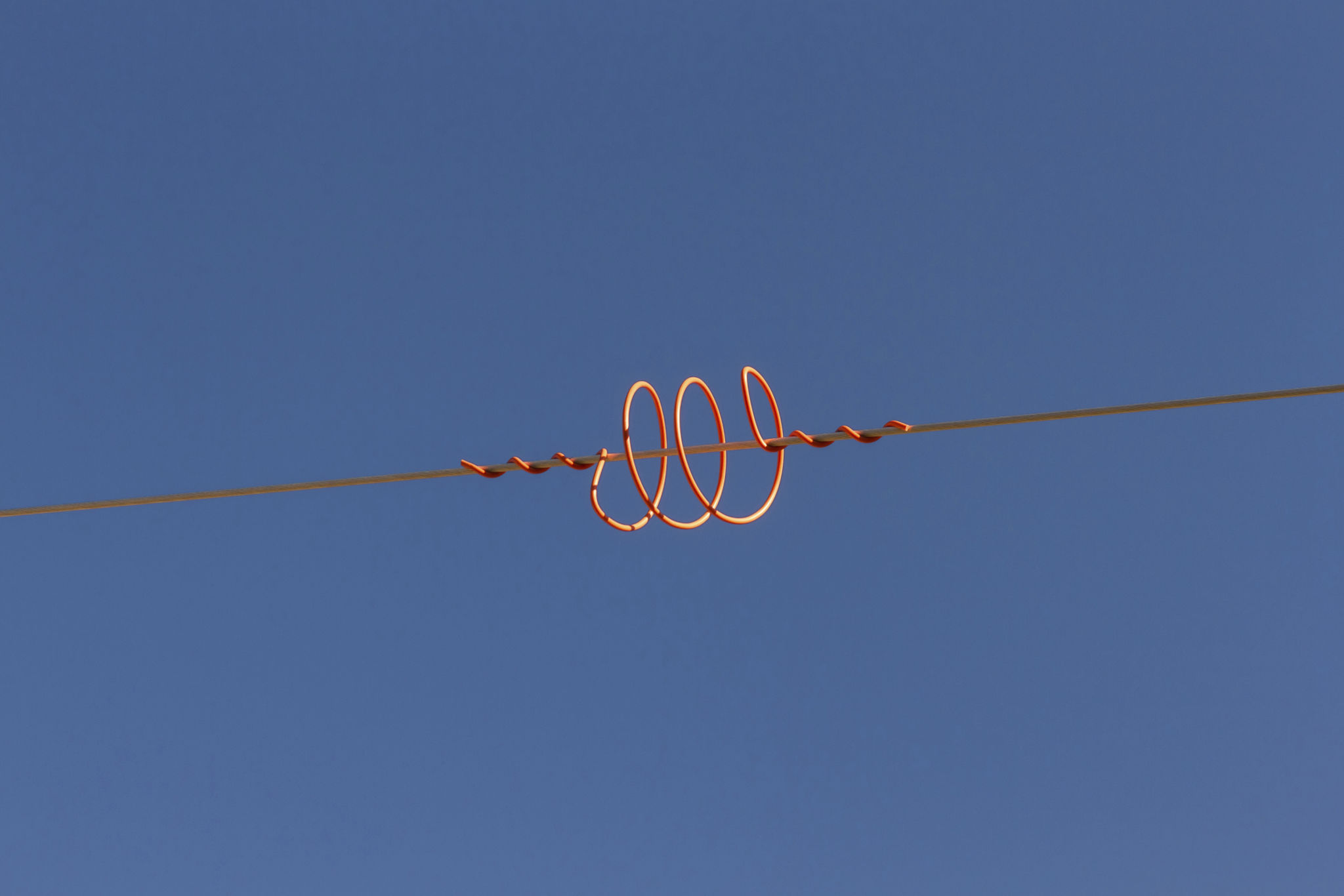Exploring the Environmental Impact of Bird-Flight Diverters in Delhi Division
Understanding Bird-Flight Diverters
Bird-flight diverters are innovative tools designed to prevent birds from colliding with power lines and other man-made structures. In the sprawling urban environment of Delhi Division, these devices have become increasingly significant. As cities expand, the risk to avian life increases, making diverters a critical part of conservation efforts. By increasing the visibility of these structures, diverters help birds navigate safely through urban landscapes.
The implementation of bird-flight diverters in Delhi Division is a proactive step towards reducing avian mortality. These devices are often attached to power lines, where they sway and reflect light, making the lines more visible to birds. This simple yet effective technology plays a crucial role in promoting ecological balance in densely populated areas.

The Ecological Significance
From an environmental perspective, the use of bird-flight diverters is a boon for biodiversity. Delhi Division, with its rich array of bird species, stands to benefit greatly from these devices. By minimizing bird deaths due to collisions, diverters help maintain the ecological integrity of the region. Birds play essential roles in ecosystems, such as pollination, seed dispersal, and pest control.
Moreover, protecting bird populations can have a cascading positive effect on other wildlife and plant species. The presence of healthy bird communities often indicates a thriving ecosystem. Thus, the installation of bird-flight diverters not only protects birds but also supports broader environmental health.

Challenges in Implementation
Despite their benefits, the deployment of bird-flight diverters is not without challenges. One of the primary issues is the cost associated with their installation and maintenance. For a city as large as Delhi, covering all vulnerable areas can be resource-intensive. Additionally, there is a need for regular monitoring to ensure that these devices remain effective over time.
Another challenge is public awareness and cooperation. Educating the community about the importance of these devices is crucial for their acceptance and success. Engaging local stakeholders and fostering partnerships with environmental organizations can help in overcoming these hurdles.

Technological Advancements
Advancements in technology are continuously improving the efficacy of bird-flight diverters. New materials and designs are being developed to enhance visibility and durability. Some modern diverters incorporate reflective materials or LED lights to increase their effectiveness, especially during low-light conditions.
The integration of technologies such as GPS and remote monitoring systems allows for more efficient management and assessment of these devices. These innovations not only improve performance but also reduce the long-term costs associated with their use.
Future Prospects
Looking ahead, the future of bird-flight diverters in Delhi Division appears promising. As awareness grows and technology advances, more areas are likely to adopt these life-saving devices. The success seen in areas where they have been implemented serves as a model for expansion.
Collaborative efforts between government bodies, environmental NGOs, and the private sector will be vital in scaling up the use of bird-flight diverters. With concerted efforts, it is possible to create a safer environment for birds while supporting the ecological health of urban areas.
